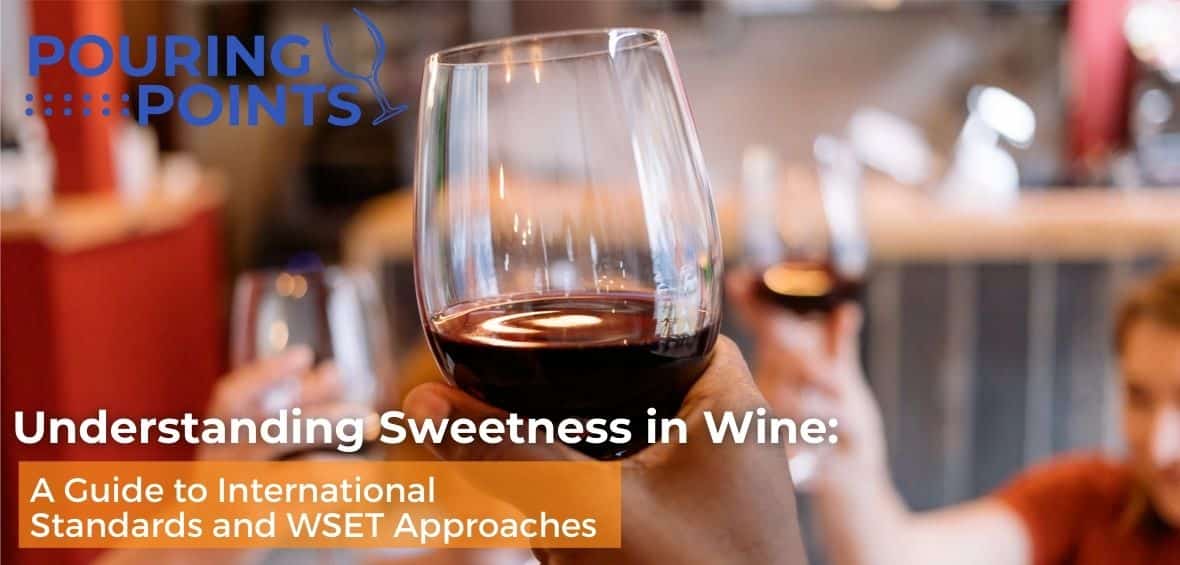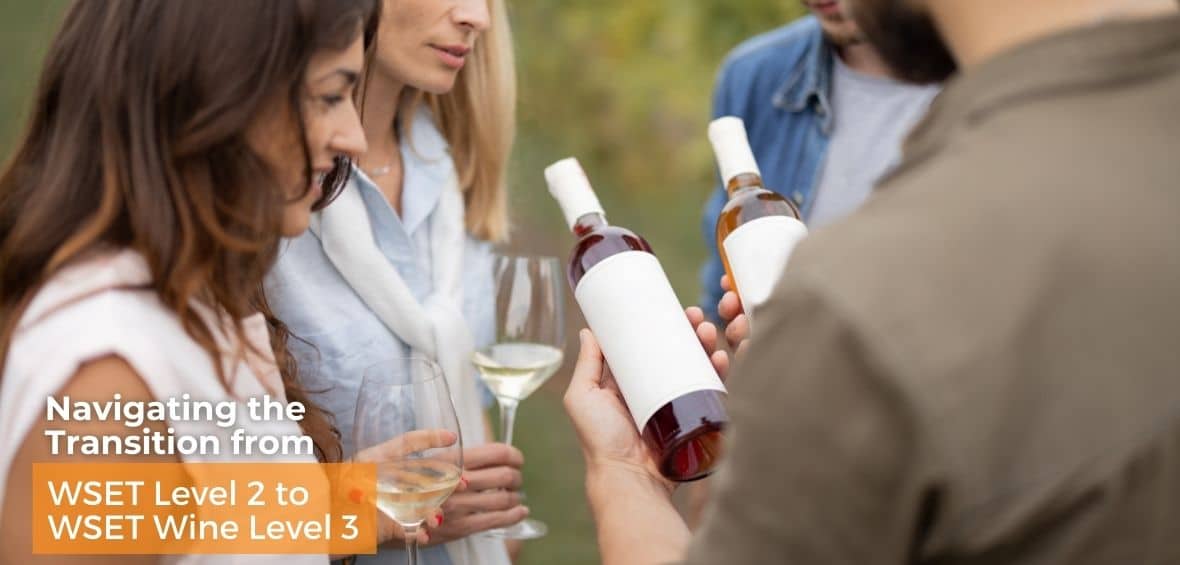Wine sweetness significantly influences the tasting experience, shaping a wine’s overall character. Unfortunately, there are a number of misconceptions, mistruths and misunderstandings when it comes to sweet wines.
Sweet Wine Styles
Sweet wine styles, renowned for their luscious profiles, encompass a variety of winemaking traditions and regional specialties. Sauternes, a classic sweet wine from Bordeaux, is celebrated for its complex, botrytized character, resulting from a unique interplay between the Sémillon, Sauvignon Blanc, and Muscadelle grapes and the region’s specific microclimate. Port, a fortified sweet wine from Portugal, is revered for its rich, intense flavors and aging potential, often derived from the Douro Valley’s unique terroir and the addition of grape spirit. Marsala, hailing from Sicily, offers a range of sweet to dry styles, but its sweet versions are particularly noted for their aromatic complexity, achieved through meticulous aging processes. Similarly, White Zinfandel, a popular sweet rosé from California, showcases a different aspect of sweetness in wine, offering a more accessible, fruit-forward style. These diverse sweet wines, often born from specific regional characteristics and intricate winemaking techniques, stand as testaments to the high quality and craftsmanship involved in sweet wine production.
As you can see, trying to rank grapes on a sweetness chart for how sweet the wine tastes is tricky, and oftentimes impossible, when we consider that sweetness is a choice largely determined by the winemaker’s choices during production. While some grape varieties are often associated with certain sweetness levels, it’s the winemaking process that ultimately defines the wine’s sweetness. However, understanding that specific wine styles typically exhibit certain sweetness levels can be more informative. To aid in this understanding, the WSET employs a range of terms to describe varying sweetness levels in wines. Let’s delve into the WSET’s approach to articulating these differences:
WSET Sweetness Levels and Examples
In the realm of wine tasting, the perception of sweetness is a nuanced experience, influenced by the balance of sugar, acidity, and other components on the palate. While some wines are known for their consistent sweetness levels, such as certain styles of Port and Sauternes, others, like Riesling, can vary significantly in sweetness based on winemaking choices. The Wine & Spirit Education Trust (WSET) provides a systematic way to categorize and describe these varying levels of sweetness in wines, offering a framework for understanding and articulating the sweetness encountered in different wine styles. Let’s examine the WSET’s categorization, noting how sweetness is not only a sensory experience but also a reflection of the winemaker’s artistry and intent:
- Dry: Examples include Savennieres, Brut Nature Champagne, and Barolo. Dry wines are characterized by no perceptible sugar or sweetness. German Riesling, known for being able to handle the full spectrum of sweetness, can be completely dry.
- Off-Dry: This category includes wines with a slight hint of sweetness, such some Italian Pinot Grigio wines. Germany Riesling can be off-dry.
- Medium Dry: These wines are sweet initially but finish dry on the palate. A common example is some German Riesling, which can be medium dry.
- Medium Sweet: White Zinfandel is a typical representative, along with some variations of German Riesling. Medium sweet wines are noticeably sweet, and will finish with sweetness on the palate.
- Sweet: Notable examples are Port and Sauternes, which are distinctively sweet from start to finish. German Riesling can be sweet.
- Luscious: Characterized by rich, cloying sweetness, with wines like Rutherglen Muscat and PX Sherry as examples. German Riesling can be lusciously sweet (Trockenbeerenauslese anyone?)
This classification helps tasters and students understand and communicate the sweetness they experience in wines, recognizing the diversity and complexity within this singular aspect of wine tasting.
Sparkling Wine Sweetness Levels
In the world of sparkling wines, understanding the sweetness scale is essential for both consumers and professionals. This scale, often indicated on the label, offers a precise measure of the wine’s sugar content, ranging from bone-dry to intensely sweet. Let’s explore the various categories:
- Brut Nature: The driest category, with sugar levels ranging from 0 to 3 grams per liter (g/L).
- Extra Brut: Very dry, with sugar content between 0 and 6 g/L.
- Brut: Dry, containing up to 12 g/L of sugar.
- Extra Sec/Extra Dry: Despite the name, these wines are slightly sweet, with 12 to 17 g/L of sugar.
- Sec/Dry: Moderately sweet, with sugar levels of 17 to 32 g/L.
- Demi-Sec: Noticeably sweet, with sugar content ranging from 32 to 50 g/L.
- Doux: The sweetest category, with over 50 g/L of sugar.
This scale is a critical tool for understanding and selecting sparkling wines, as it directly influences the wine’s taste and pairing potential. From the crispness of a Brut Nature to the rich sweetness of a Doux, each category offers a unique sensory experience, reflecting the diverse range of sparkling wine styles available in the market.
Recognizing and appreciating the nuances of sweetness in wine is a critical skill in wine education and appreciation. Familiarizing oneself with the WSET’s systematic approach to categorizing wine sweetness, alongside understanding the scales used by sparkling wine producers, can greatly enhance wine tasting experiences. Whether enjoying a dry Barolo or a sumptuous PX Sherry, a thorough understanding of sweetness levels enriches the wine journey.














